If you’ve ever been to Paris, you may have seen the iconic metro station entrances designed in the style of Art Nouveau. One of the most well-known is the one at Abbesses, not far from the Sacre Coeur in Montmartre.
I just love those old metro entrances.
Their beautiful designs were created by Hector Guimard in the style of Art Nouveau.
It just so happens that there was very recently an exhibition at the Musee d’Orsay in Paris called “Hector Guimard and the Genesis of the Metro” showcasing some of Guimard’s drawings. (Small French-language victory: when I tried to remember the French word for ‘sketch’ it automatically popped into my head: esquisse. I cannot believe I remembered that!)
Though internationally known for his metro designs, Hector Guimard was really a leader in the Art Nouveau movement.
Art Nouveau is a design concept that was prevalent between 1890 and 1910.
In 1900, Paris hosted the World’s Fair and wanted to showcase this idea to the world. That’s when Guimard and others created designs (like the Paris metro entrances) to ‘wow’ the millions of visitors who would descend on the French capital.
Hector Guimard designed everything from jewelry to furniture to private residences with the help and support of his wife, Adeline.
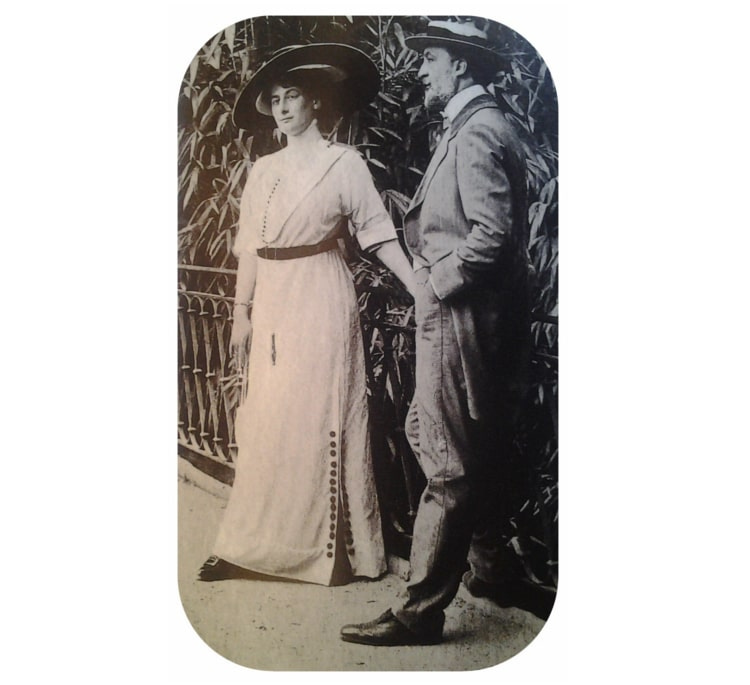
Adeline Guimard was an artist in her own right, known mostly for doing portraits. She came from a wealthy family in New York to train in Paris, where she met her husband.
They shared a residence that he designed, known as Hôtel Guimard on 122 rue Mozart in the 16th arrondisement of Paris. (That’s over by the Eiffel Tower and Bois de Boulogne all the way to the west of the city.) It was with her financial resources that Hector was able to build his dream home for the two of them, inside of which he designed the furniture and other features.
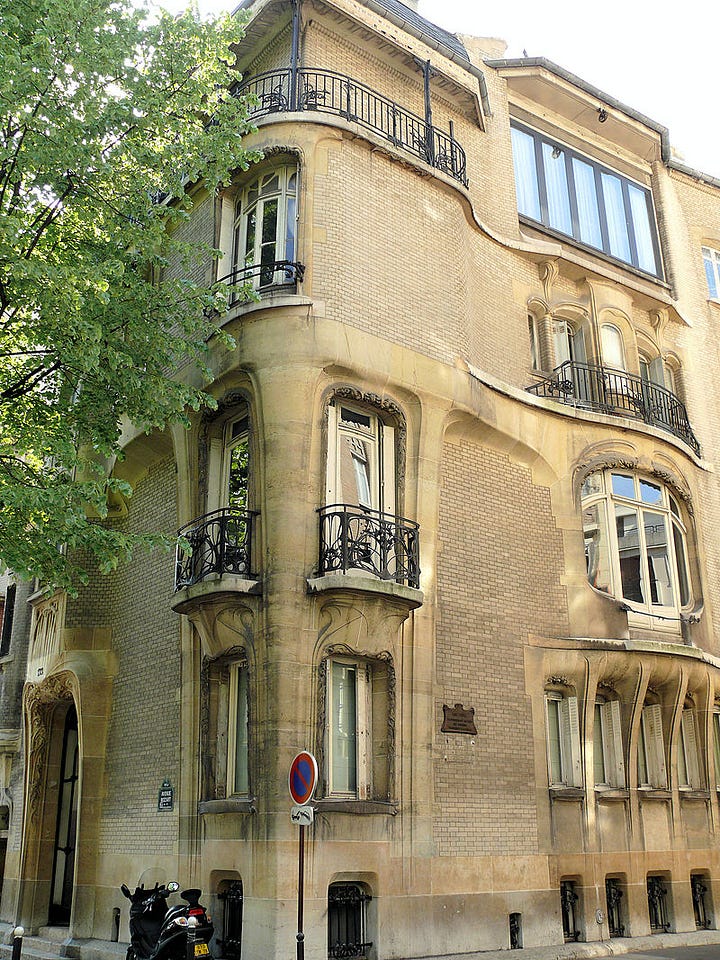
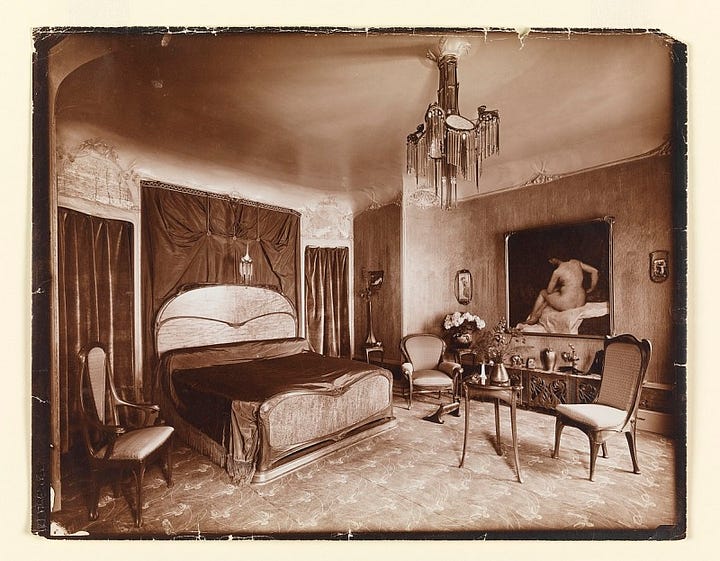
At the height of the Art Nouveau movement, Guimard designed dozens of iconic buildings in Paris, mostly in the 16th arrondisement. Among them is Le Castel Béranger, for which he painstakingly designed every detail from the front door to the wallpaper, to the door handles on the rooms.
For years, Guimard produced and produced and produced all kinds of gorgeous furniture and other embellishments in the style of Art Nouveau. Many design features were made from wood, cast iron, glass and ceramics.
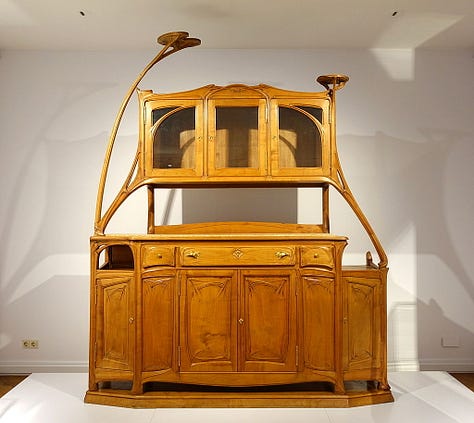
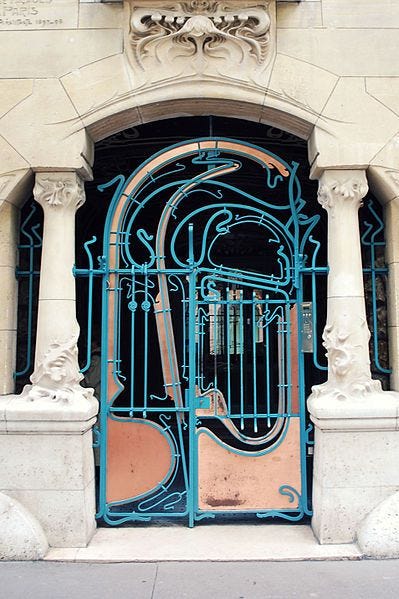
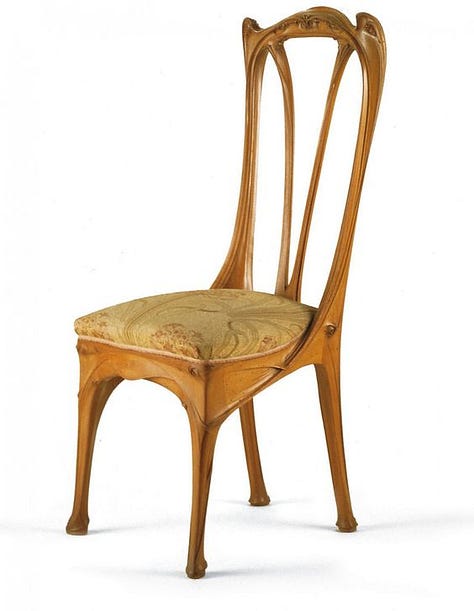
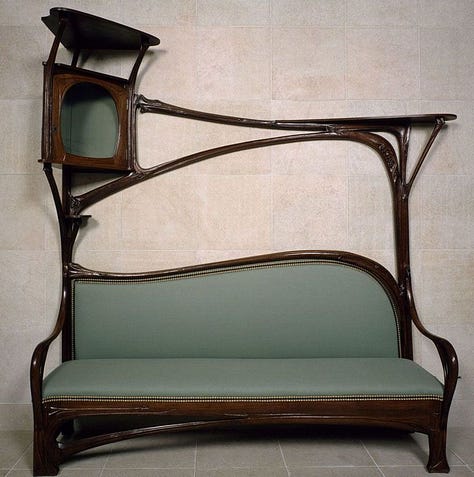
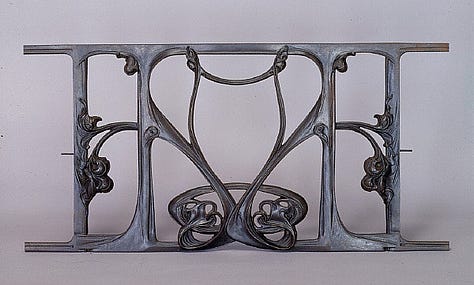
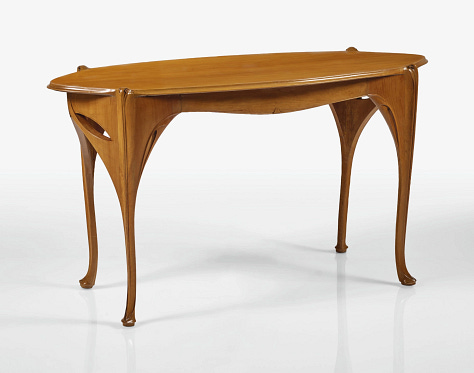
In 1938, the Guimards moved to New York City as the Nazi movement began to rear its ugly head in Europe (Adeline was Jewish). Hector died in 1942 and was buried in upstate New York. After that, Adeline donated a lot of his artefacts and archives to French and American museums. In fact, a number of donated papers, correspondence, sketches and photos are now available at the New York Public Library.
Okay, so the sad news: a lot of Guimard’s public work has been destroyed as Paris continued to grow and change after his death. However, there are museums in the US and France that have retained a lot of his work - from furniture to sketches - and from my research I can see there have been a number of exhibitions of his work. His designs also saw a revival in the 1960s, which turned the focus to preserving and protecting as much of his legacy as possible.
Well, I guess I have my assignment cut out for me this fall: I’ll be heading over to the 16th arrondisement to explore some of Guimard’s designs that still exist. It’ll be my petit pilgrimage.
Sources:
The Story Behind Paris' Iconic Art Nouveau Metro Entrances
Musée d'Orsay's Guimard exhibit information


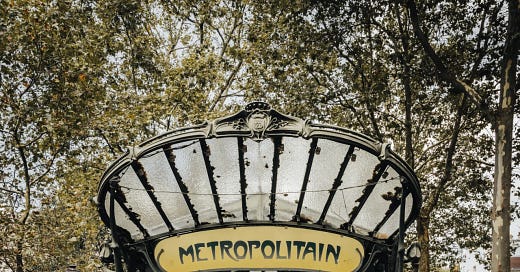



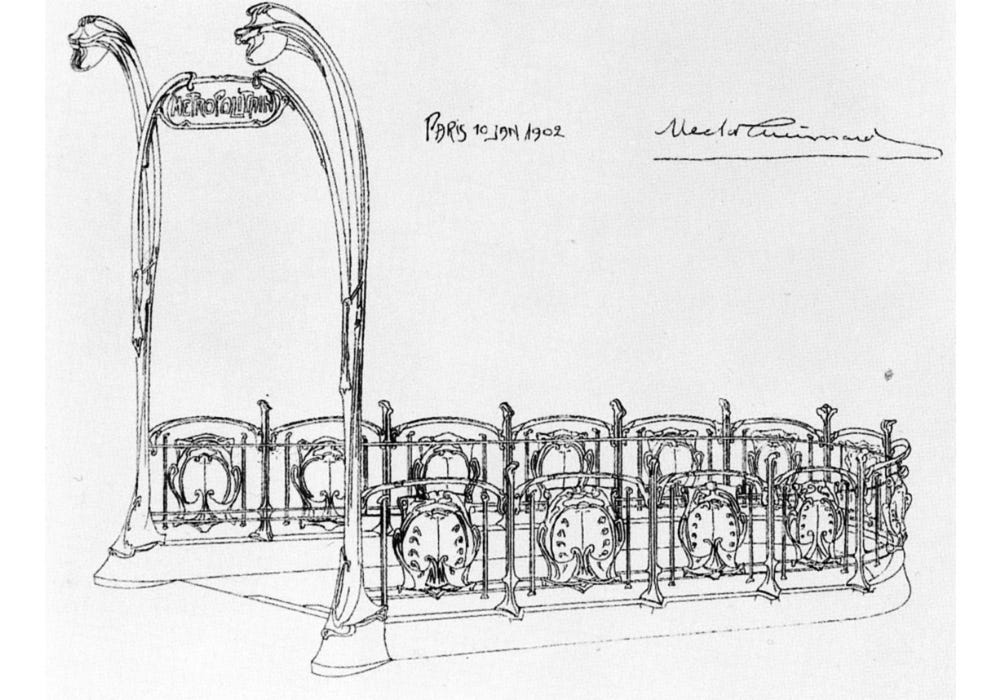
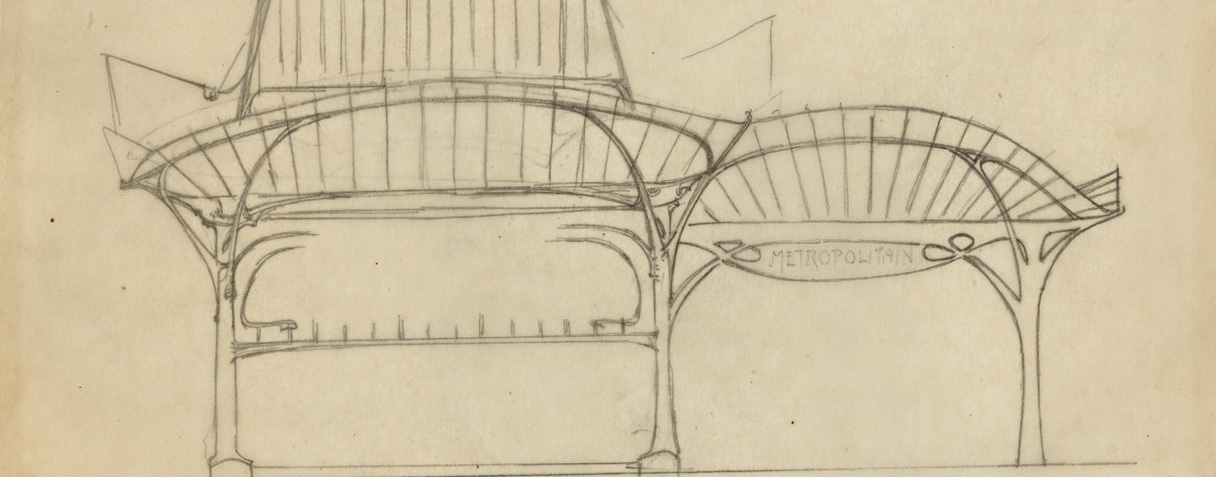
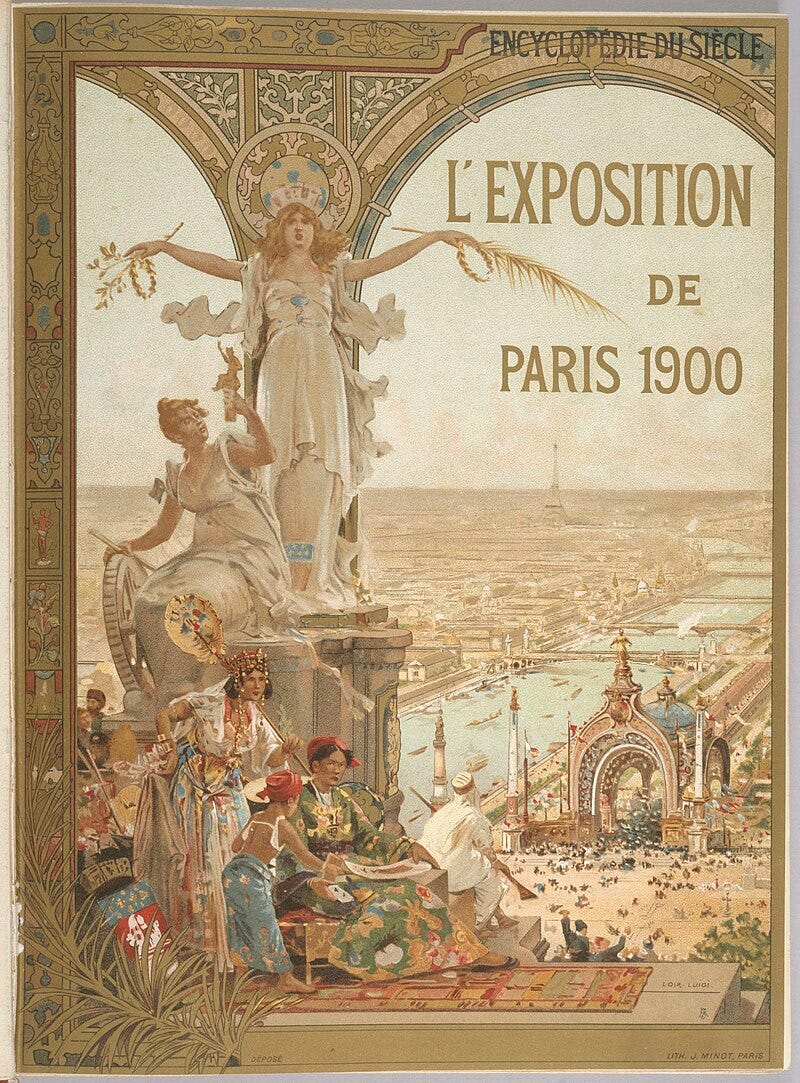
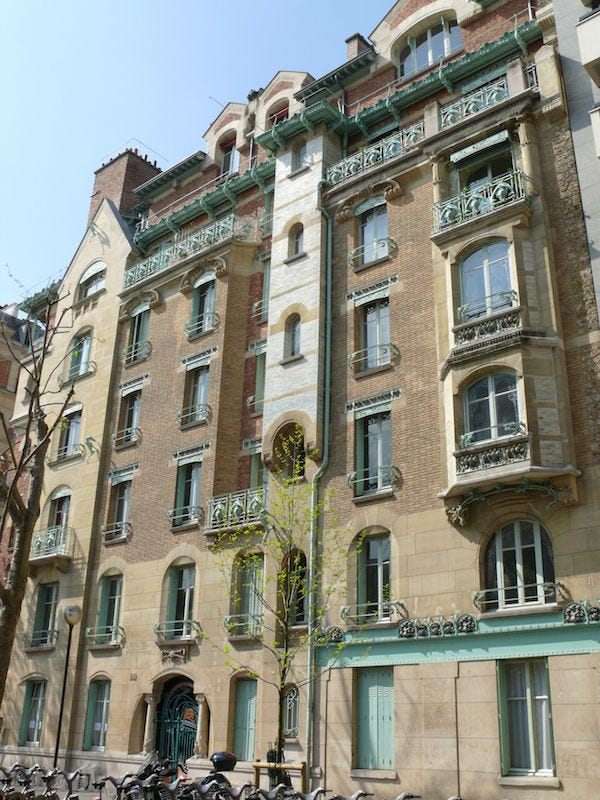
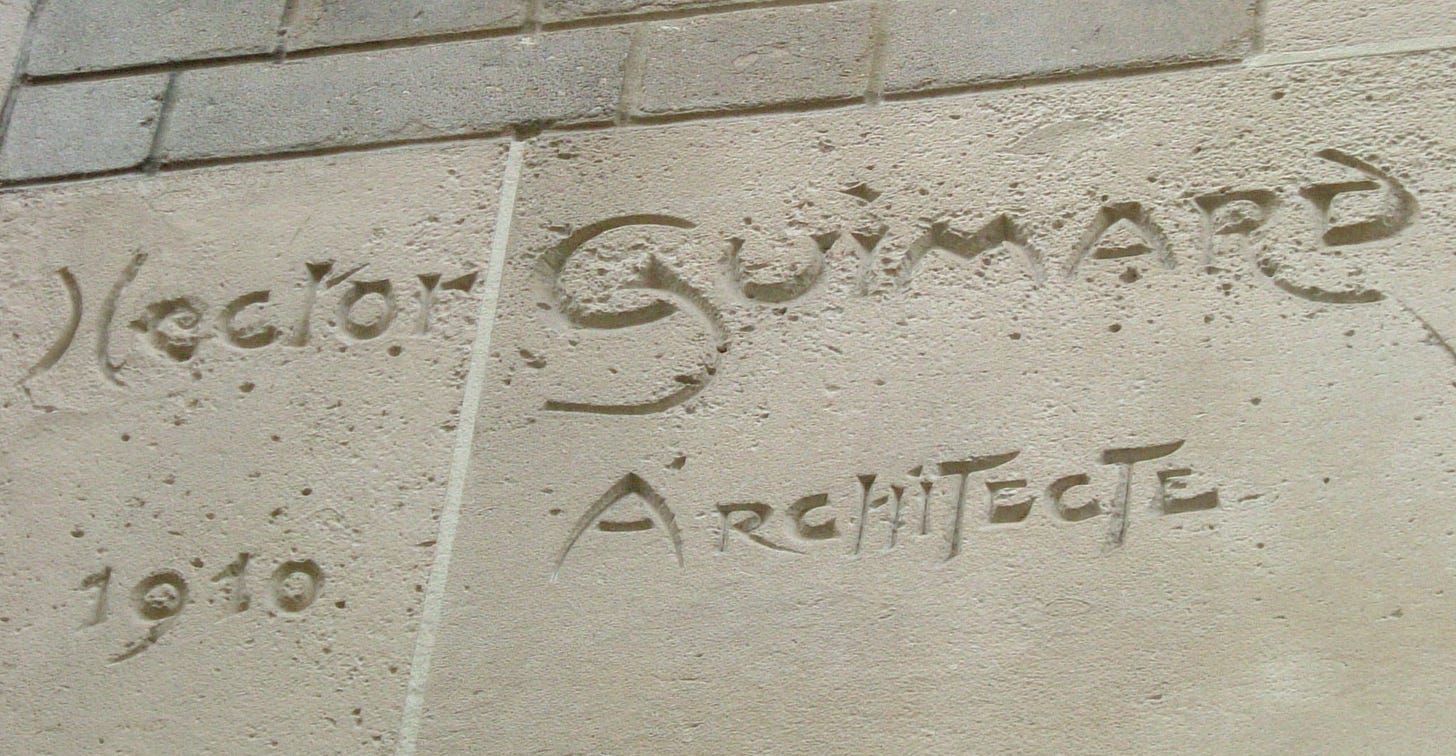
This was a fascinating read; I always admire the metro signage when I visit Paris. The Hôtel Guimard looked stunning. I'll look out for exhibitions of Guimard's work.
Thank you for expanding my knowledge of Art